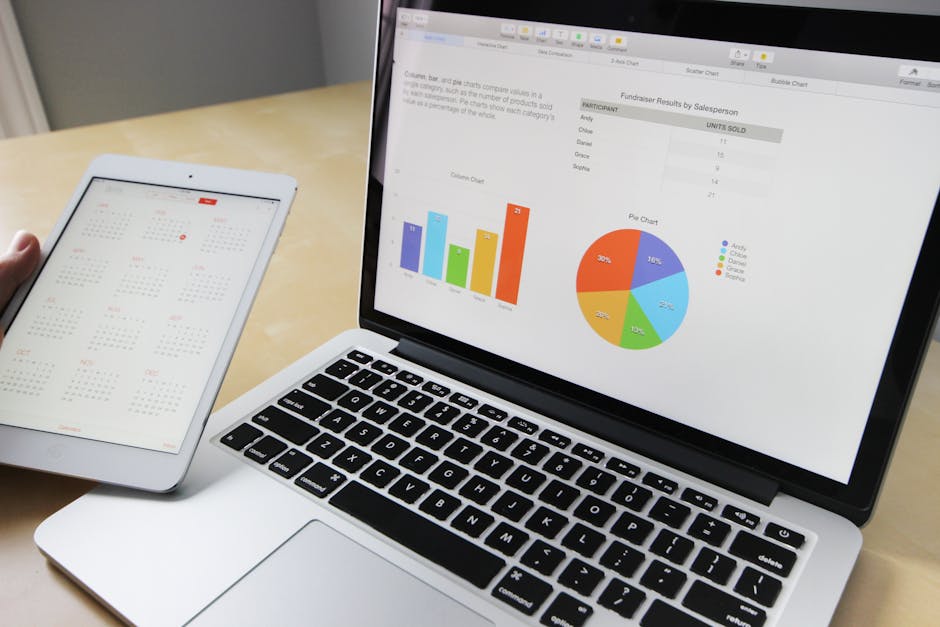Table of contents
The term Business Intelligence (BI) refers to the use of strategies and tools that serve to transform information into knowledge, with the goal of improving decision making in companies
In the digital era, making well informed decisions is one of the main differentiation factors for any type of business. In this post we explain exactly what Business Intelligence is, and what BI tools exist.
The term Business Intelligence: what does it really mean?
The concept Business Intelligence refers to the use that companies make of data and the information that they have – of the market, their competitors, clients, providers, stakeholders or even their employees – and how companies process it to make informed decisions.
The concept of Business Intelligence combines internal and external information from very diverse sources: data that a company collects on its production process, for example, can be used to gain insights about how to improve this process.
Other sources of information such as a press clipping on the results of a competitor, a report on a new market or sector where the company wants to enter, or data that a company can obtain from its own IoT devices or social networks.
The relevance of Business Intelligence for any business, and the complexity in collecting the data, processing it, analyzing it and presenting it in a way that any person can understand, is what has made the market for Business Intelligence tools flourish.

The origin of Business Intelligence tools
According to the article History of Business Intelligence, the first mention of the term Business Intelligence was found in an encyclopedia published in the USA in 1865, titled Cyclopaedia of Commercial and Business Anecdotes.
But it wasn’t until the Twentieth Century, with the advance of technology and specifically the development of data warehouses, when we began to talk about the concept of Business Intelligence as it is understood now.
Some dates of the beginning of Business Intelligence companies:
- 1956: IBM invented hard drives, which were offered to individuals and companies through PCs.
- 1958: IBM researcher Peter Luhn used the concept of Business Intelligence. His research was crucial to understand the potential of data analysis to improve decision-making processes in businesses. He is considered the father of the term Business Intelligence.
- 1970s: SAP and other companies develop business applications that facilitate introducing data into databases.
- 1980s: databases evolve and allow to store data from a variety of sources in a single database.
It was in the 1990s that Business Intelligence tools began to be developed and commercialized, due to some pioneering companies that realized the potential of these types of solutions and began to use them.
The problem with the first BI tools is that they were not very intuitive and difficult to use. Additionally, to generate reports and access information, a user without specific knowledge had to resort to the services of the IT Department.

At the end of the 90s and early 2000s was when the potential of using Business Intelligence software began to be understood. The market began to flourish and manufacturers and providers of these types of tools proliferated.
Additionally, these types of solutions began to improve, making it increasingly easier for any professional to use them, without needing any specialized computer knowledge to access, compile and analyze information, and without having to ask the IT Department for help.
The challenge that arose at that time was combining quick and easy-to use Business Intelligence solutions, that were capable of providing safe and reliable information at the same time.
“In 2007, for the first time ever, more information was generated in one year than had been produced in the entire previous five thousand years – the period since the invention of writing.”
Me the media: rise of the conversation society – VINT editions (research institute of Sogeti), 2009, p. 270. by Jaap Bloem, Menno van Doorn, Sander Duivestein
In recent years, both the development and use of these types of tools has grown exponentially in companies.
Keeping in mind that the sources of data have multiplied since the late 90s – Internet, social networks, IoT devices, information on mobile devices, etc. – the complexity to extract relevant knowledge of all this information has also increased.
That’s why Business Intelligence tools have also become more sophisticated and today are more powerful, capable of analyzing and processing an infinite amount of data, from an infinite amount of sources. These powerful BI tools are helping companies to extract well- informed conclusions to improve their business figures.
In data from 2017, Gartner predicts that the global market for Business Intelligence will grow this year more than 7%, generating revenues of 18 billion dollars. And for 2020, the consulting firm predicts that this number will increase to 23 billion dollars.

Advantages of using Business Intelligence tools
The four major advantages of using Business Intelligence tools in the market are:
- The ability to analyze combined internal and external information from different sources and systems.
- A greater depth of analysis and increased reporting capability.
- The possibility to trace this analysis backwards, based on historical series.
- The ability to make future projections and forecasts based on all this information.
Types of Business Intelligence tools
Although this is a very broad category – one could argue for example whether media monitoring services is considered a BI tool – we can distribute business intelligence solutions into three categories:
1. Data management tools
They allow from the purification and standardization of data of diverse sources to its extraction, transformation and transfer to a certain system.
2. Data discovery tools
They allow to collect and evaluate new information (data mining), and to apply the already available techniques of predictive analysis to this new or other existing information, in order to make future projections.
3. Reporting tools
Once this pre-existing or new information has been collected and treated, reporting tools help companies to visualize it in a visual and intuitive way. They also serve to integrate information into charts to measure if certain KPIs have been met or not, and they can generate all kinds of reporting.
10 business intelligence tools available in the market
There are business intelligence solutions customized for different sectors, some more focused on multinationals and others on SMEs. Deciding which is the best one for each company will depend on each company’s needs, and the allocated budget for these kind of tools.
However, we want to review 10 BI tools, combining some developed by large software manufacturers such as Microsoft, Oracle or SAP, with other proposals by emerging software companies that are increasingly popular:
- Microsoft Dynamics
- IBM Cognos Analytics
- SAP business intelligence
- Oracle Business Intelligence
- Tableau
- Sisense
- Clear Analytics
- QlikView
- Gooddata
- Style Intelligence
Conclusion
It used to be said that information is power. But now, the true power is understanding information. That’s why any company today should seriously consider using data analysis tools to extract all possible knowledge from their organization. Only then can companies remain competitive in increasingly complex market.



